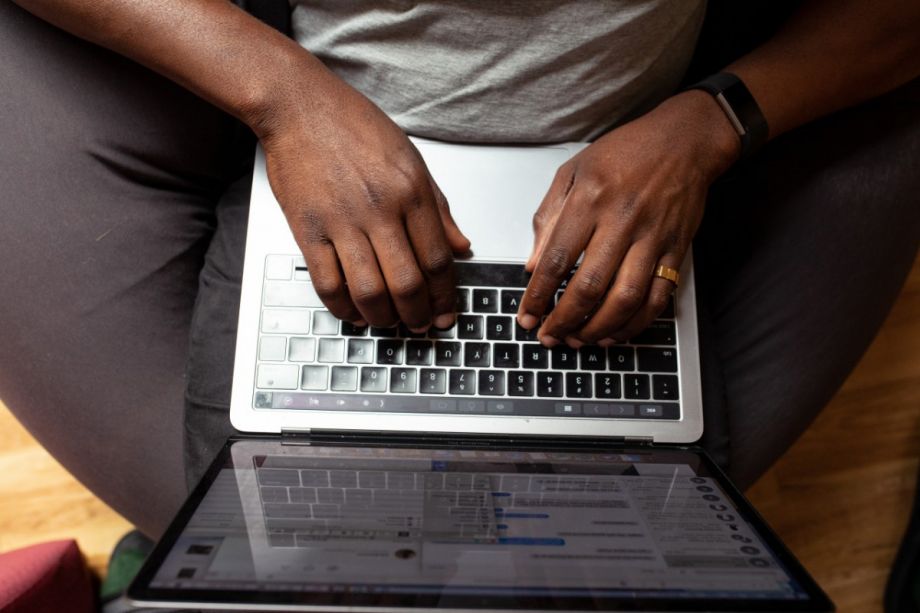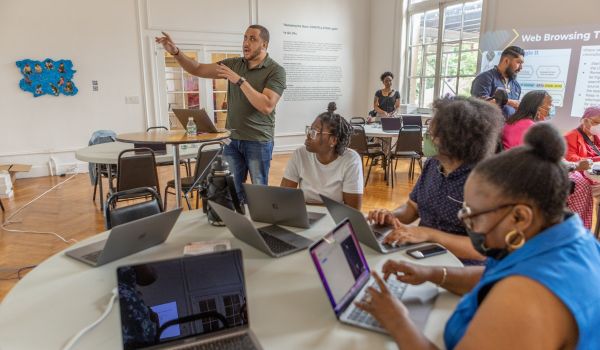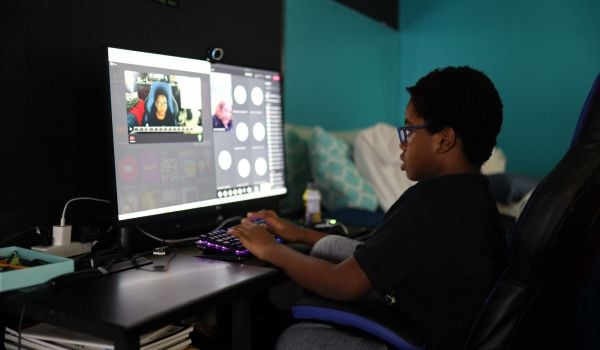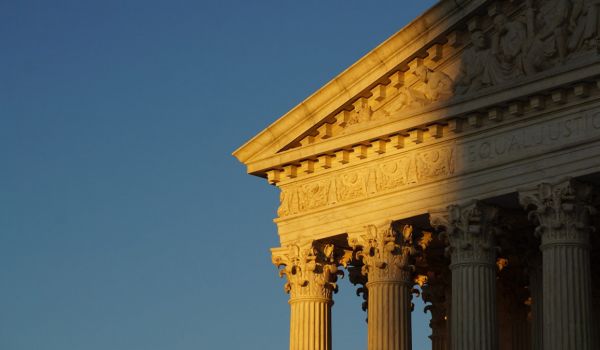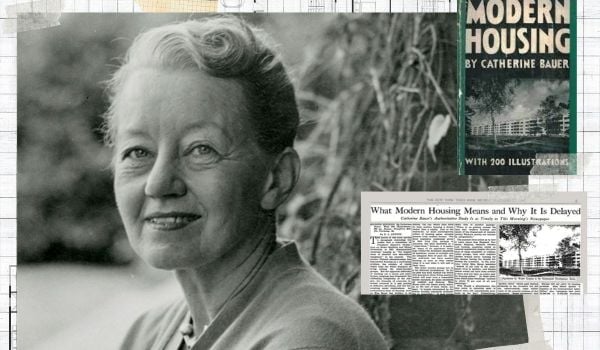During the presidential campaign last summer, Joe Biden released a “Plan for Rural America” calling for an investment of $20 billion to expand broadband internet access in rural communities, where, the plan noted, residents are 10 times more likely than urbanites to live without a high-speed internet connection. But even in America’s biggest cities, broadband access is not universal. Nor is it equitably distributed.
In New York, according to a 2018 report, around 30 percent of residents had no broadband access at home, with steep disparities along income and racial lines. More than half of the lowest-income residents lacked broadband access, according to the report. A third of Black and Hispanic residents, 32% and 33% respectively, lacked broadband at home, compared with 21% for white residents and 23% for Asian residents, according to the report. The COVID-19 pandemic of the last year and subsequent virtual schooling and Zoom meetings only heightened the urgency of providing better internet access for everyone; a report from Deutsche Bank last year found that the racial disparities within the digital divide could worsen over time, leaving Black and Hispanic people especially ill-prepared for future jobs, according to CNBC.
Last year, as Next City reported, New York released an Internet Master Plan aimed at expanding broadband access more equitably. Now, the city is making broadband access a necessary component of new affordable-housing projects that use city funds. In March, the New York City Department of Housing Preservation and Development adopted a new set of Design Guidelines meant to “ensure newly constructed buildings promote equity, health, and sustainability,” the Department said in a press release. According to the new guidelines, whenever feasible, all new affordable housing that use city funds must be wired for high-speed internet and provide it to all tenants at no cost to them.
Every newly constructed unit must have wireless internet service and a wired connection point in every living room, with secure access and a unique profile for every resident, with a “preferred system capacity of 100 Megabits per second” supporting “four simultaneous moderate users or devices,” according to the guidelines. The guidelines, developed in partnership with both the city’s Task Force on Racial Inclusion & Equity and the affordable-housing development industry, are intended to begin treating broadband access as a standard utility.
According to a spokesperson for the Department of Housing Preservation and Development, many new affordable and market-rate projects are already built to the standards now required in the Design Guidelines. The new requirements are meant to make sure that New Yorkers who live in apartments subsidized by HPD can keep up with remote work, education, and telehealth. The guidelines require that developers include broadband access and service “to the extent feasible,” and the Department is planning to track the cost of following the guidelines to inform future decisions.
Jolie Milstein, president and CEO of the New York State Association for Affordable Housing (NYSAFAH), an industry group that helped inform the guidelines, says the broadband access provisions are “a fairly broad, high-level requirement.” NYSAFAH recently held a symposium on expanding broadband access in affordable-housing projects, and is pushing for New York State to adopt guidelines similar to HPD’s for projects that use state funding, Milstein says. The group published a policy brief in January supporting new requirements for creating broadband access during construction, and calling for high-speed internet service to be funded the same way other utilities are funded in affordable-housing projects.
“There’s a lot of details to work out, but we believe making broadband internet access a utility, and part of the rent, is a great step forward,” Milstein says.
The new guidelines are part of a broader push to expand internet access to households that are typically underserved. In March, Reps. Jamaal Bowman (D-NY) and Emanuel Cleaver, II (D-MO), introduced a bill in Congress that would redefine high-speed internet access as a subsidized utility for public housing and other types of housing supported by the Department of Housing and Urban Development. Categorizing broadband as a utility would provide internet for low-income households in subsidized housing that couldn’t otherwise afford it. The bill includes a $5 billion per year to implement the program. Democrats in the House of Representatives are also reportedly backing a $94 billion plan to expand internet access, which they hope could be part of a bigger infrastructure package that the Biden administration is considering. Some advocates have called for states and cities to adopt “digital building codes,” setting baseline requirements for internet access and service in new homes.
In New York, says Martin Dunn, president of the Brooklyn-based housing developer Dunn Development Corp. and a member of NYSAFAH’s executive committee, the physical infrastructure largely exists to provide internet access to everyone, and the logistics of hooking up new homes for access are not very complicated. The more difficult aspects are selecting from a competitive group of internet service providers and figuring out how to evaluate their bids for group service, he says. Covering the cost of broadband is typically around $25-$35 per unit per month, Dunn says. That cost can be offset by more capital subsidy from the Department of Housing Preservation and Development and other public funding groups. And the new design guidelines in New York are a precursor to incorporating that funding into all new subsidized construction.
“The city is approaching this like they should,” Dunn says. “We have requirements for ventilation and how much natural light you have and how warm you keep [an apartment], and now there’s a requirement that people have access to the internet at a certain speed. It’s treating it like it’s a basic need.”
This article is part of Backyard, a newsletter exploring scalable solutions to make housing fairer, more affordable and more environmentally sustainable. Subscribe to our weekly Backyard newsletter.

Jared Brey is Next City's housing correspondent, based in Philadelphia. He is a former staff writer at Philadelphia magazine and PlanPhilly, and his work has appeared in Columbia Journalism Review, Landscape Architecture Magazine, U.S. News & World Report, Philadelphia Weekly, and other publications.
Follow Jared .(JavaScript must be enabled to view this email address)



